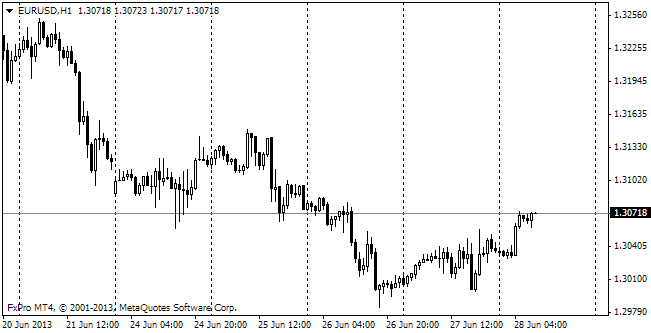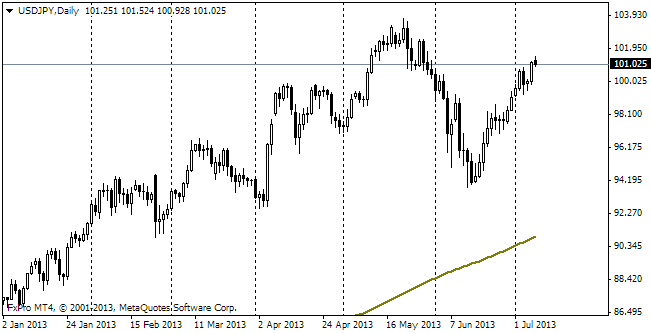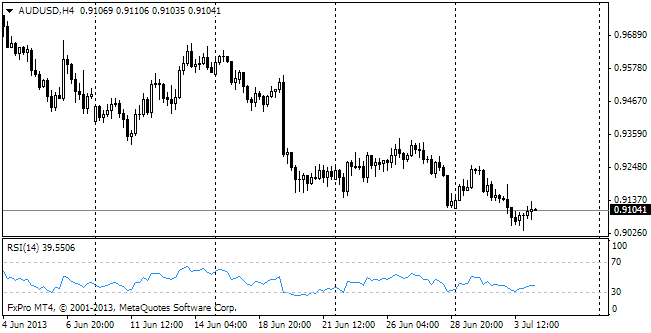EUR/usd
On Friday trading was mainly held within a very narrow range. The only exception was when eurusd tumbled down by 20pips in the first hours of the US session. This movement was false as it occurred only because most traders hadn't entered the market, taking another day off after Thanksgiving. The pair returned to Friday's levels, that is 1.3600, just over a couple of hours after the Asian session had begun. This week promises to be very eventful. Both the ECB's meeting and the US employment statistics are scheduled for it. These two events have been provoking the strongest volatility recently. This time the expectations that the ECB's governor will alter the policy are even weaker than a month ago. Then he managed to show courage and cut the benchmark interest rate, referring to the absence of the inflation threat in the foreseeable future. The November inflation rate proved to be a bit higher than expected, indicating an upward reversal of the trend. The preliminary estimate (which is rarely mistaken) showed that the annual inflation rate had grown to 0.9% against the expected 0.8% and last month's 0.7%. The core inflation has also picked up the pace as well and now makes 1.0% against 0.8% a month before. The decrease in unemployment should also be in favour of the euro. The special release on Friday highlighted the unemployment reduction from 12.2% to 12.1%. It is a huge rate in comparison with other developed countries outside Europe, but it is a small self-victory for the region. Since April 2011 this rate either hasn't change or has been growing. Now we can hope that in November there occurred a reversal and further this rate will either stay unchanged or will fall monthly.

GBP/USD
The pound made use of the market lull in a different way. Having been almost unaffected on Friday, it gained 30 pips over that day and today has passed over to attacking fresh highs. Now trading is held at 1.6420 and the highest point that the pair hit is 1.6440. These are the highest levels since August 2011. This movement wasn't provoked by any domestic news, it occurred as stops triggered on closing of short positions. Too many didn't believe in the strength of the pound. Too many now have to make a U-turn.

USD/JPY
The success of the sterling enabled it to rise against the yen to the highest levels since October 2008. The growth by 6.7% for November only looks impressive, though this pair is capable of doing much more. The bears shouldn't hurry to sell. The same about usdjpy. The pair is overbought on daily intervals, but a year ago it managed to spend over a month in that area and had grown by near 10% before it retraced by over 2 figures for two days. In fact, on the third day it shot up even higher. This time it will possibly be something like that.

AUD/USD
Tomorrow the RBA publishes its decision and the commentary. The markets don't expect that the base interest rate will change from the current 2.5%. Only the dovish mood of the bank's officials arouses some concerns. Despite the fact that the aussie didn't fall by 7% for a bit more than a month, Glenn Stevens hasn't changed his mind to see the AU dollar cheaper. Probably, inflation stats will cool his ardour. Australia exports commodities, which are prone to strong price fluctuations, and imports finished goods, which are less exposed to volatility. So, the Aussie's decline by 7% is boosting growth of import inflation. And the relatively mild monetary policy will keep contributing to growth of housing prices. The November data already showed their rise to 8.1% annually.
